
ACROPOLIS
The temples on the Sacred Rock of Athens are considered the most important monuments in the Western world, for they have exerted more influence on our architecture than anything since. The great marble masterpieces were constructed during the late 5th-century BC reign of Perikles, the Golden Age of Athens. Most were temples built to honour Athena, the citys patron goddess. Still breathtaking for their proportion and scale, both human and majestic, the temples were adorned with magnificent, dramatic sculptures of the gods.

NEED TO KNOW

Acropolis
210 321 4172 www.culture.gr
Open 8am8pm daily Adm 20; students half price. A special 30 ticket allows entry to Kerameikos, Theatre of Dionysus, Agora, Roman Forum, Temple of Olympian Zeus, the Lyceum and Hadrians Library (valid for 5 days)
 Google Map
Google Map

Acropolis Museum Dionysiou Areopagitou 15
210 900 0900 www.theacropolismuseum.gr
Open AprOct: 8am8pm TueThu, Sat & Sun (to 4pm Mon & 10pm Fri); NovMar: 9am5pm MonThu (to 10pm Fri & 8pm Sat & Sun). Adm 5
 Google Map
Google Map
- Visit first thing in the morning or at sunset to avoid the midday heat and multitudinous tour groups that arrive in droves late morning.
Acropolis Rock
As the highest part of the city, the rock is an ideal place for refuge, religion and royalty. The Acropolis Rock has been used continuously for these purposes since Neolithic times.
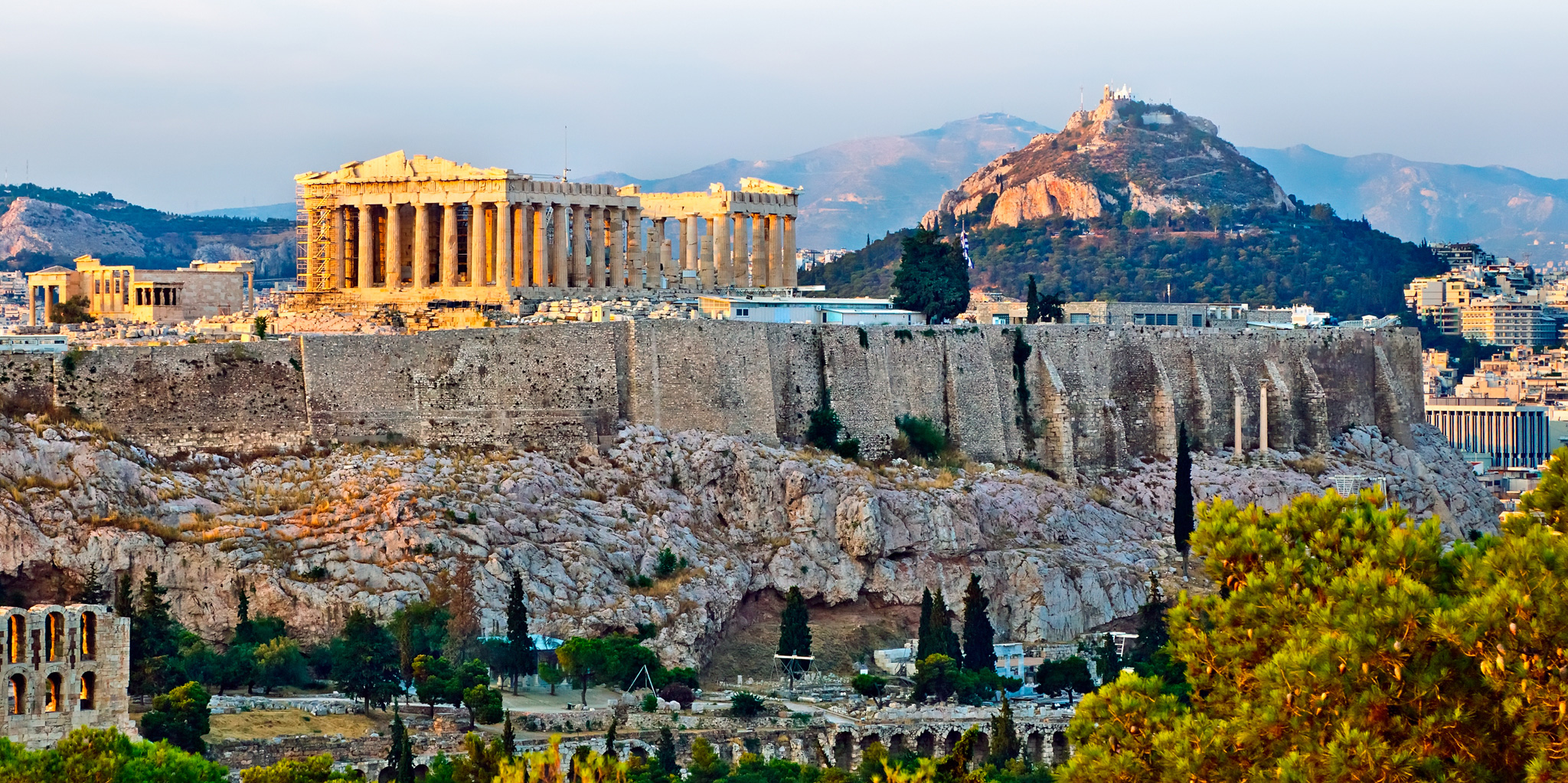
Acropolis Rock
Temple of Athena Nike (Victory)
There has been a temple to a goddess of victory at this location since prehistoric times, as it protects and stands over the most vulnerable part of the rock.
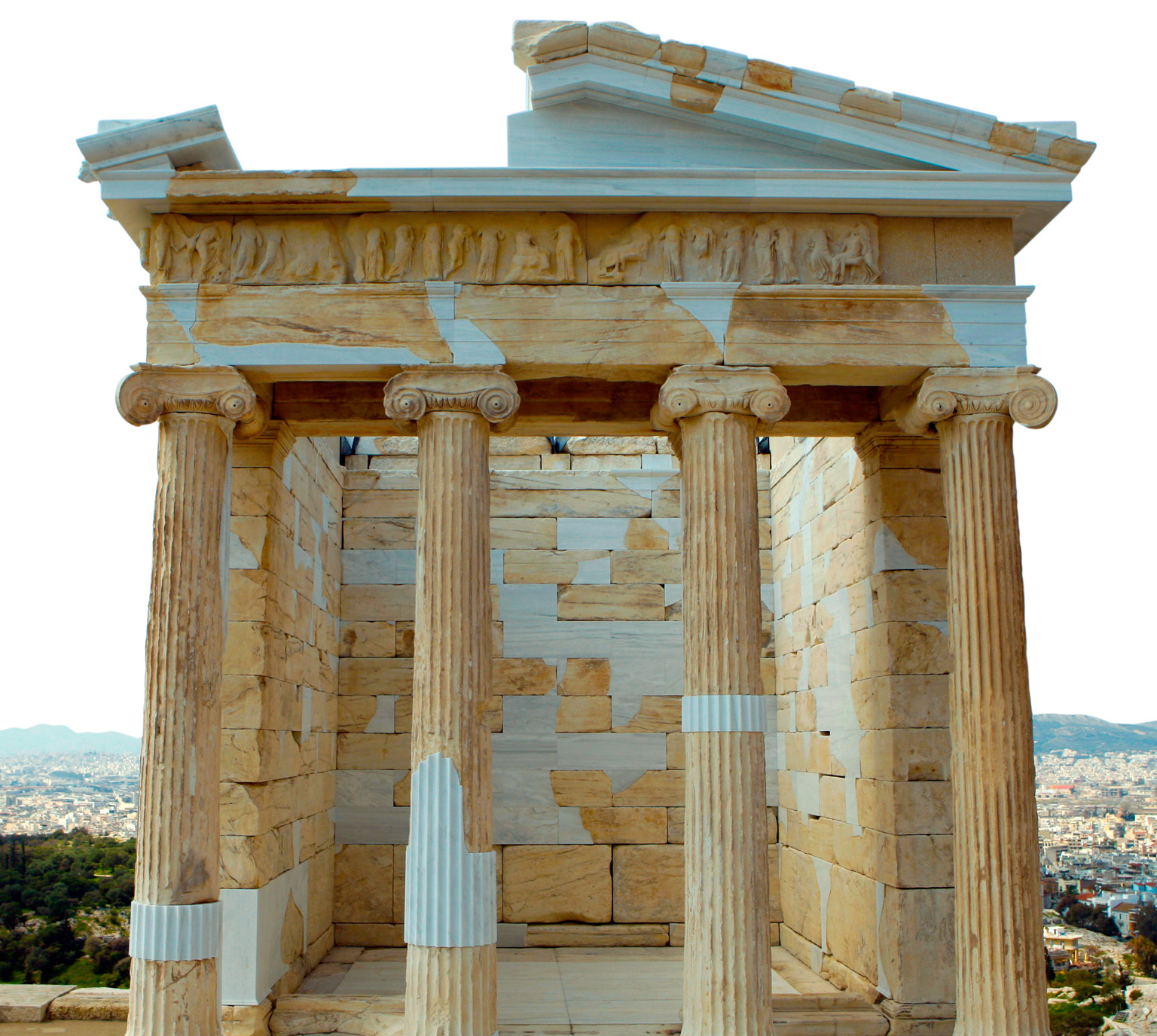
Temple of Athena Nike (Victory)
Propylaia
At the top of the rock, you are greeted by the Propylaia, the grand entrance through which all visitors passed to reach the summit temples.
Panathenaic Way
The route used in an ancient procession during which a new tunic, or peplos, would have been offered to Athena, along with sacrifices.
Parthenon
The epitome of ancient Greek Classical art, a magnificent Temple to the Virgin, goddess Athena. She was represented inside by a giant gold and ivory sculpture.

Parthenon
Erechtheion
Poseidon and Athena are said to have battled for patronage of Athens on this spot. The Erechtheions design combines temples to each of the two gods.
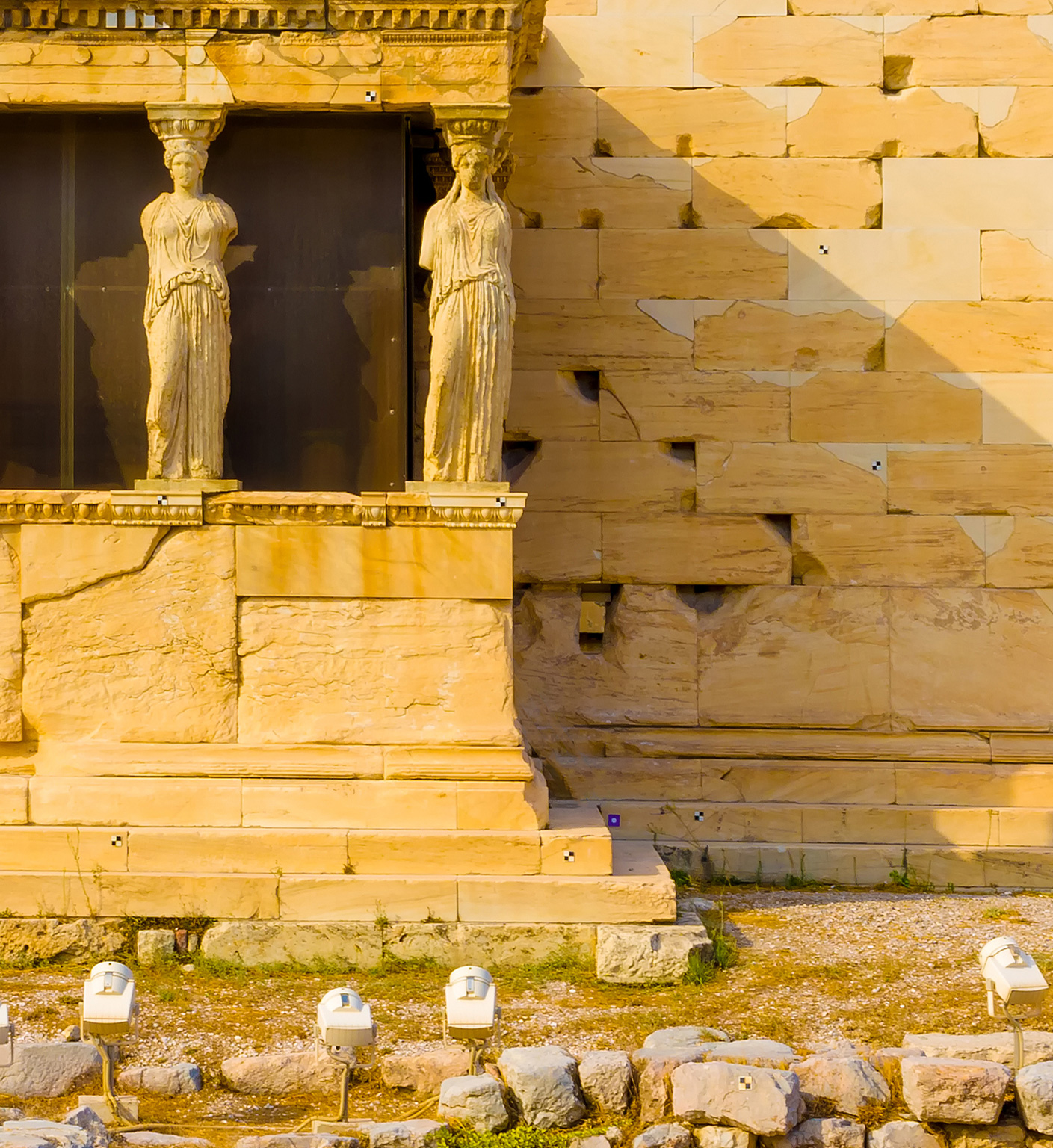
Erechtheion
Panagia Chrysospiliotissa
Originally dedicated to the god of wine and revelry, the cave was later turned into the church of the Virgin of the Golden Cave.
Acropolis Museum
 Google Map
Google Map
The stunning houses around 4,000 artifacts within a space almost 10 times larger than the old museum.
Odeon of Herodes Atticus
A late addition to the Acropolis, built in 161 by its namesake. In summer it hosts the Athens Festival (for further details see ).
Dionysus Theatre
This mosaic-tiled theatre was the site of Classical Greeces drama competitions, where the tragedies and comedies by the great playwrights were performed. It seated 15,000, and you can still see engraved front-row marble seats, reserved for priests of Dionysus.
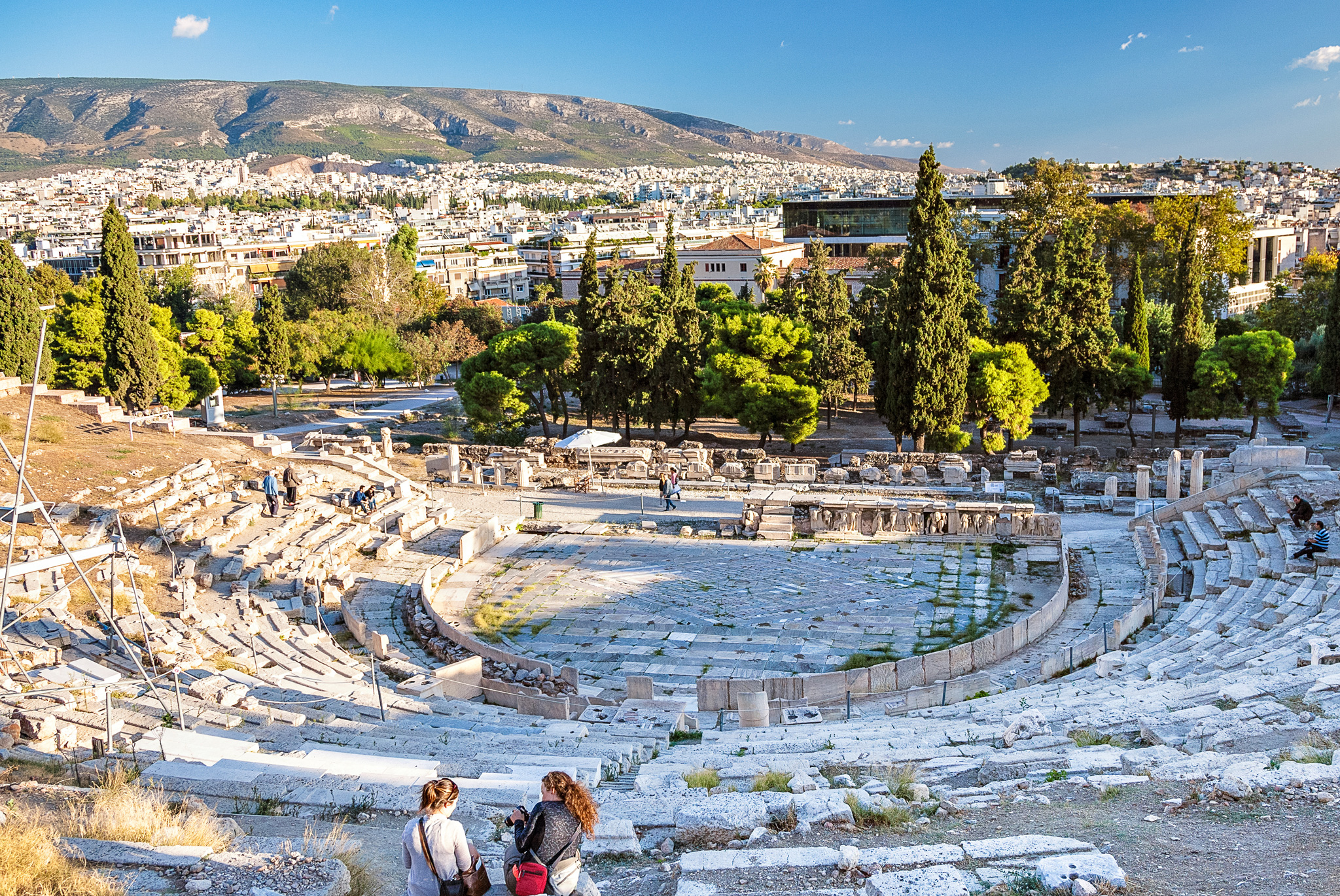
Dionysus Theatre
THE ACROPOLIS IN LATER TIMES
In the 5th century AD, the Parthenon was used as a church. During the Ottoman occupation, it was used as a mosque, and the Erechtheion as a harem. The Ottomans also kept gunpowder in the Parthenon, which led to its near destruction when the Venetians shelled it in 1687 (for further details see ). The Parthenon suffered further damage in 1799 when Lord Elgin removed sculptures, architectural features and inscriptions, taking them back to England.


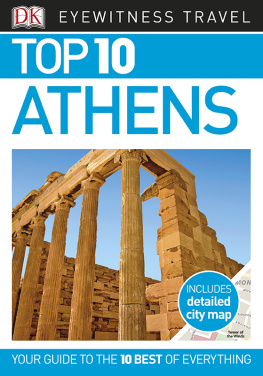



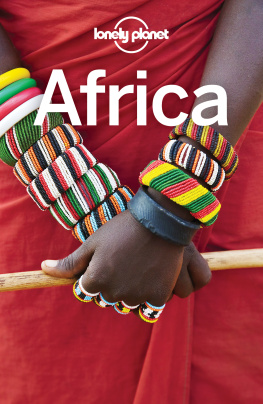
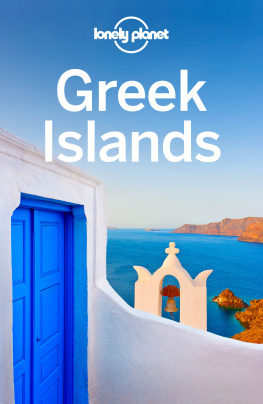


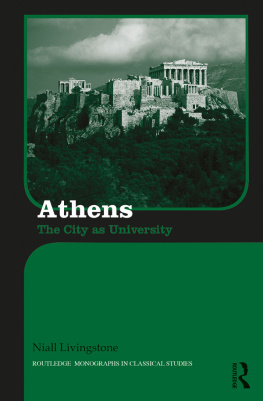
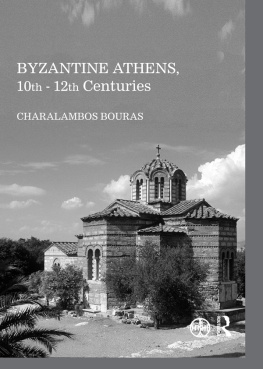

















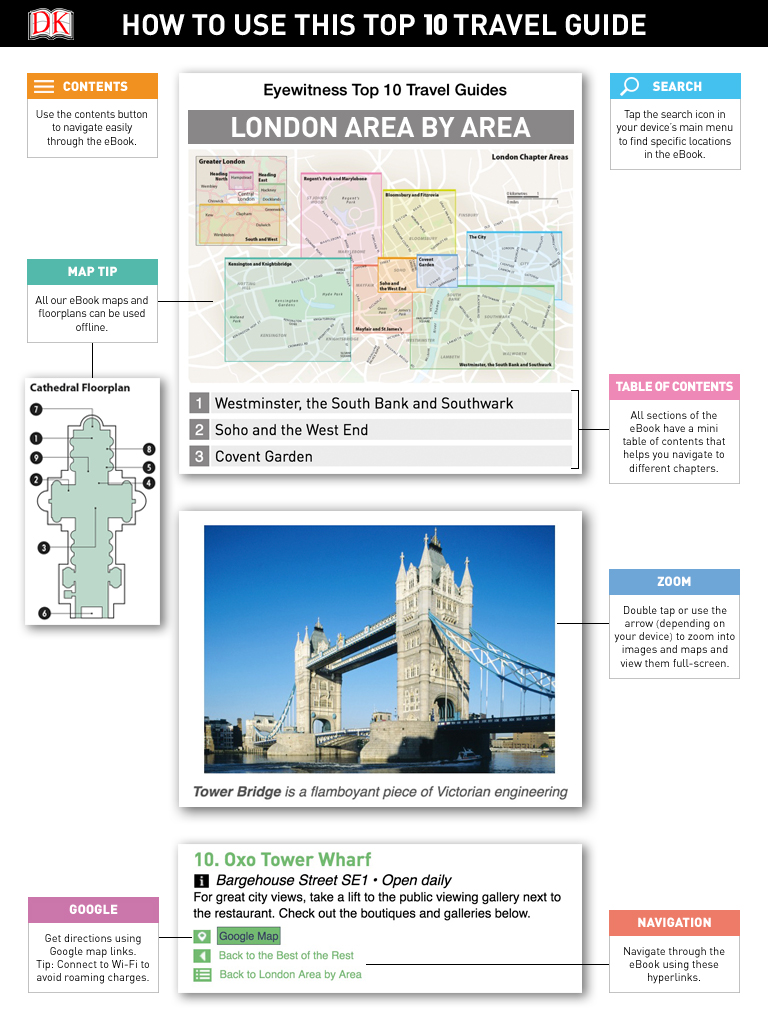



 Acropolis 210 321 4172 www.culture.gr Open 8am8pm daily Adm 20; students half price. A special 30 ticket allows entry to Kerameikos, Theatre of Dionysus, Agora, Roman Forum, Temple of Olympian Zeus, the Lyceum and Hadrians Library (valid for 5 days)
Acropolis 210 321 4172 www.culture.gr Open 8am8pm daily Adm 20; students half price. A special 30 ticket allows entry to Kerameikos, Theatre of Dionysus, Agora, Roman Forum, Temple of Olympian Zeus, the Lyceum and Hadrians Library (valid for 5 days)  Google Map
Google Map



